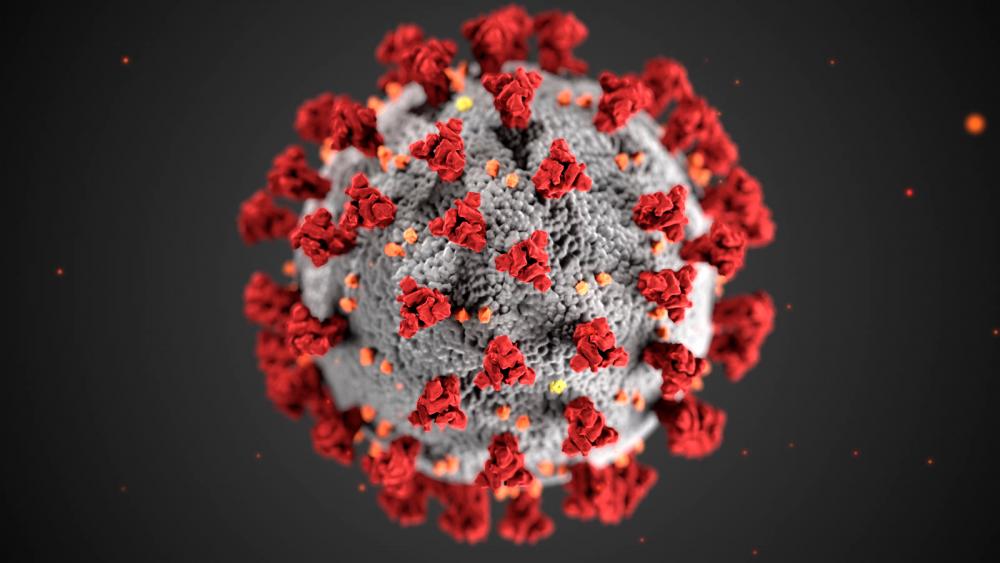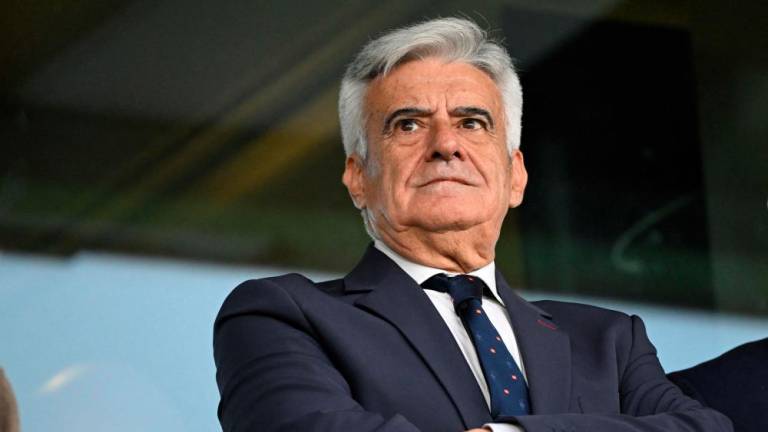THE initial discovery that Covid-19 would be a global threat was quickly followed by accusations and finger-pointing between the US and China, raising questions about the origins of the virus and fuelling conspiracy theories. The “infodemic”, as coined by the World Health Organisation (WHO), outpaced the pandemic, overshadowing voices from rational scientific efforts.
The initial geo-political handling of sensationalised news worsened pre-existing issues of trust-deficit by the people towards governments and pharmaceutical companies, resulting in an uphill battle against Covid-19 misinformation.
This set the scene for independent expert voices as information frontliners, and according to WHO, help “flatten the infodemic curve”.
The information battleground requires stronger participation from non-partisan thought leaders, influencers and most importantly from coalitions of experts in the fields of epidemiology, immunology, virology, genetics, biotechnology and other related areas of science and technology.
The method by which scientific or technical issues are conveyed in an easily digestible manner by the public or by people with no scientific or technical background is broadly referred to as science-communication.
As reported in Nature, experts opined that scientists should be in the frontlines of the information war, thereby supporting policy-making and promoting understanding in society. This is critical for successful implementation of national plans such as the National Covid-19 Vaccination Programme.
In order to formulate a strategy utilising science communication, perhaps we can start by identifying elements that make fake news very successful.
It is persistent and prevalent in unregulated dissemination platforms. Spreading of fake news is also done in ways that target emotional reactions, capitalising on pre-existing distrust or dissatisfaction of authority, and appealing to the psyche of the audience through pseudo-science and fear-mongering.
Furthermore, these messages are amplified by key opinion leaders. In an information war, fake news secures the four battle grounds of where, when, who and how.
Similarly, for science communication to be effective it has to be present in all battle grounds. It needs to be credible, independent, widespread, strategic and persistent.
It should be fully expressed in all platforms, both mainstream and underground channels. Effective science communication should appeal easily to logic, and be strategically done to target emotions and the psyche.
Though the term science communication may not be widely known to the masses, Malaysia has experts who have been using it, knowingly or unknowingly, as part of their arsenal of communication strategies through their own respective social media accounts.
Though effective in their respective ways, the odds are against them. They could use a lot more comrades in the field and more attention from authorities and the media.
According to Nature, an example of how scientists can assist is by making their knowledge accessible to those who are involved in exposing fake news such as journalists and fact-checkers.
A good example of this was a live Q&A session organised by a local newspaper where they interviewed Prof Dr Abhi Veerakumarasivam, a geneticist serving as the Dean of School of Medical and Life Sciences at Sunway University and also Malaysia’s first world champion science communicator in FameLab (world’s oldest and biggest science communication competition established in the UK).
Abhi provided easily-understandable explanations including the use of simple analogies to answer live questions from the public. This is an example of how a relevant expert with no vested interest used science communication to help fight fake news and assist in addressing some public concerns that could be contributing to vaccine hesitancy.
There are also various fact-checking online portals where experts can use science communication techniques, tapping already available debunking content and presenting them in an easily understandable and engaging manner. This could be through conventional means such as articles, diagrams and illustrations, or other creative ways such as memes, cartoons, short clips, animation and many others.
As for official channels in Malaysia, the Ministry of Communications and Multimedia has set up online portal Sebenarnya.my containing fact-checking elements to combat fake news.
The Health Ministry has an official online vaccine information portal at http://covid-19.moh.gov.my/vaksin-covid-19 whose contents appear to utilise elements of science communication quite well, with easy-to-understand videos, diagrams and infographics. Increased representation by non-government experts in these official portals may help move the effort beyond promoting understanding and towards building trust.
All of the mentioned efforts above should be lauded and supported to the fullest, but as mentioned earlier, operating mainly on mainstream channels could be limiting its accessibility and appeal to the less informed segment of the population.
Furthermore, distrust of mainstream media has existed even before Covid-19. More effort is needed to proactively combat fake news on social media platforms and unregulated channels.
Science, Technology and Innovation Minister Khairy Jamaluddin has mentioned his intention to personally engage certain “challenging” groups on social media platforms to assess the issue and help address specific concerns.
It may be worthwhile to supplement the good effort by bringing in third-party experts who are considered neutral by the masses, have great science communication skills for the layman and can act as arbiters in potentially difficult engagements.
There are also international reports where efforts such as the establishment of a “fake news war room” that ultimately lost the information battle to a messaging app. The influencing power and impact of unregulated platforms should not be underestimated.
As pointed out by Khairy’s science adviser Assoc Prof Dr Ghows Azzam, an expert in biology, genetics and infectious diseases, the ministry has an internal team of experts working on vaccine-related issues who are also embarking on efforts to combat fake news.
Learning from the experience of other nations, perhaps a “war room” can be considered, utilising all available tools such as science-communication. It can engage all channels and work with counterparts abroad on issues and platforms that go beyond national jurisdictions.
Science communication is a tool to communicate scientific contents and for maximum impact it has to be widespread, strategic and persistent and use a multi-disciplinary approach.
The overall campaign strategy can draw on knowledge from seasoned media professionals, experts in the field of marketing, advertising, social psychology, public-relations, mass communications, and many others.
Successful strategies may also involve engaging thought leaders, social influencers and community heads.
These strategies are worth considering as Malaysia has world-class science communication talents. In addition to Abhi, Malaysia currently has another FameLab world champion in Dr Siti Khayriyyah Mohd Hanafiah, a biomedical researcher and tenured academic staff at Universiti Sains Malaysia with experience in research and development of immunological diagnostic biomarkers.
Agencies such as the Malaysian Industry-Government Group for High Technology and the British Council have been promoting science-communication through FameLab competitions since 2015 and within five years the country produced two world champions and catalysed a steadily growing group of science-communication experts and enthusiasts.
Furthermore, science communication is not limited to those taking part in the competition. It is a learnable skill that can be utilised by anyone, particularly non-partisan researchers, professionals, thought leaders and influencers, especially in relevant fields where public outreach is important.
Analogically, this could be one of the unrealised (and therefore, underutilised) “vaccines” to fight the “infodemic”.
The writer is the Head of Science and Technology at Emir Research, an independent think tank focused on strategic policy recommendations.










